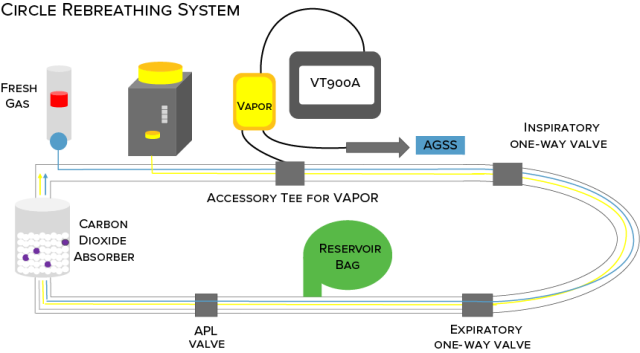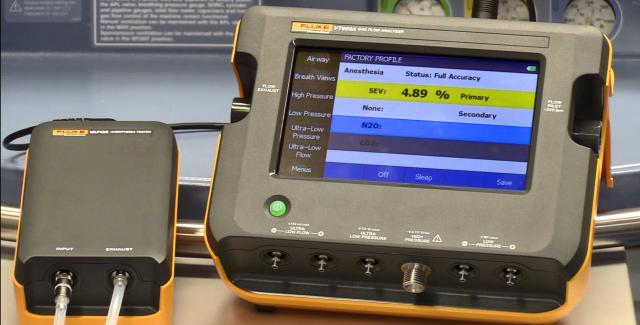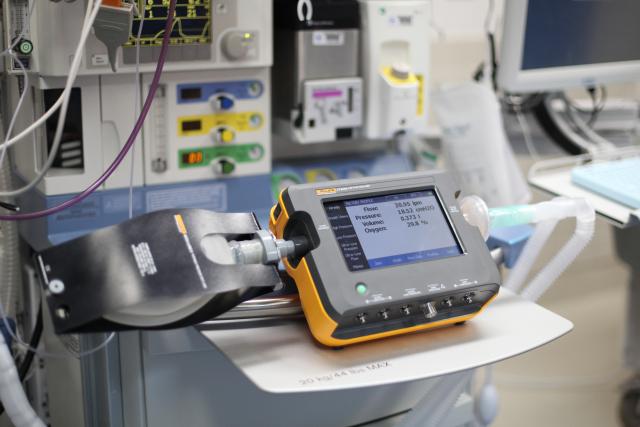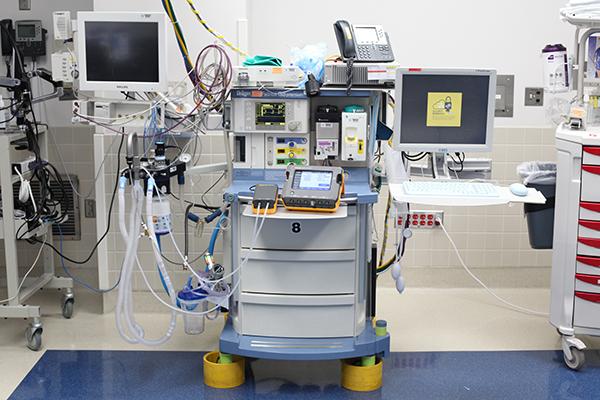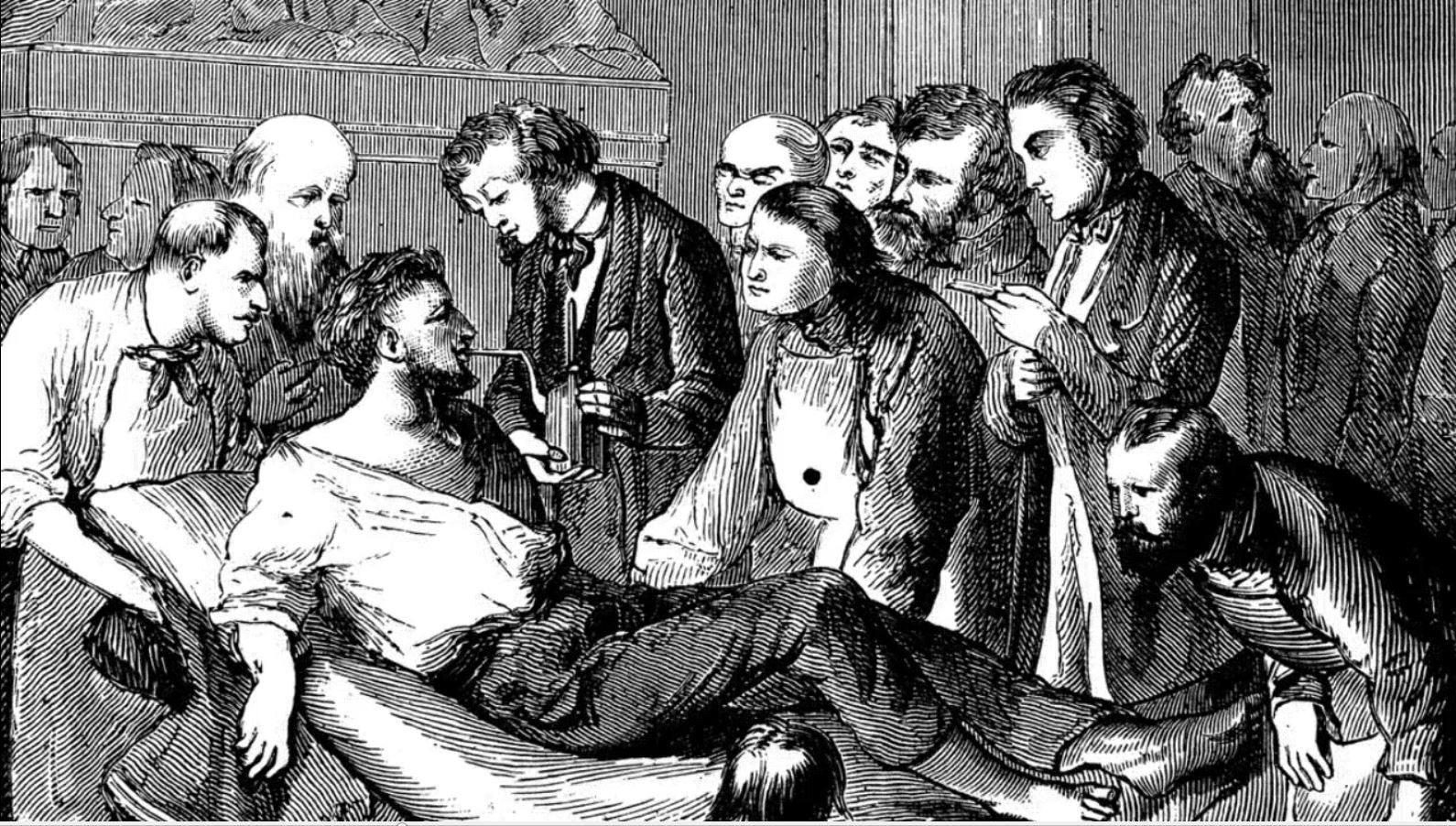
The early history of anesthesia dates back to the 1500s when Valerius Cordus synthesized the “sweet oil of vitriol,” which would be named either by August Sigmund Frobenius in 1729.
Later, 19th-century advances in the medical sciences included experiments by Humphrey Davy, whose experiments with nitrous oxide gave us the term “laughing gas.”
The contemporary pioneer Henry Hickman would first use the dangerous chemical carbon dioxide to make animals insensate, a rather short-lived practice.
In the 20th century, a cascade of advances included the discovery and production of halothane (1957), enflurane (1963), isoflurane (1965), sevoflurane (1990), and desflurane (1990s).
While these later anesthetics are far safer than the “laughing gas” and the deadly carbon dioxide, contemporary anesthetics require precise flow regulation and analysis for the health of patients.
 Anesthesia Quality Assurance 101
Anesthesia Quality Assurance 101 